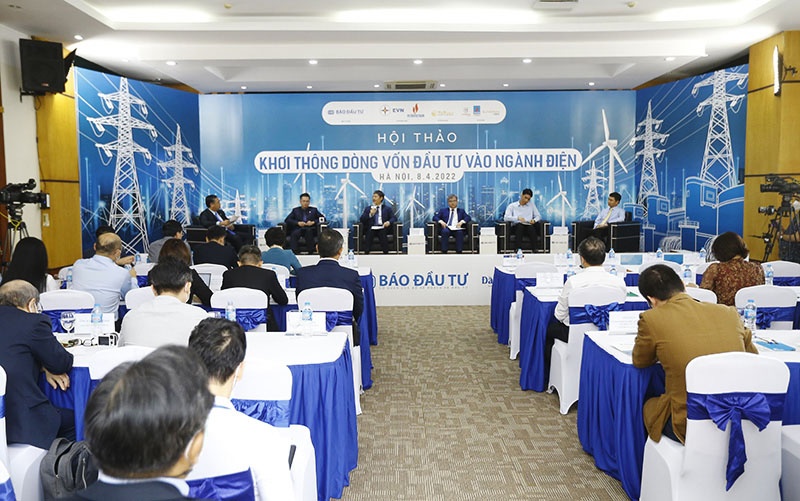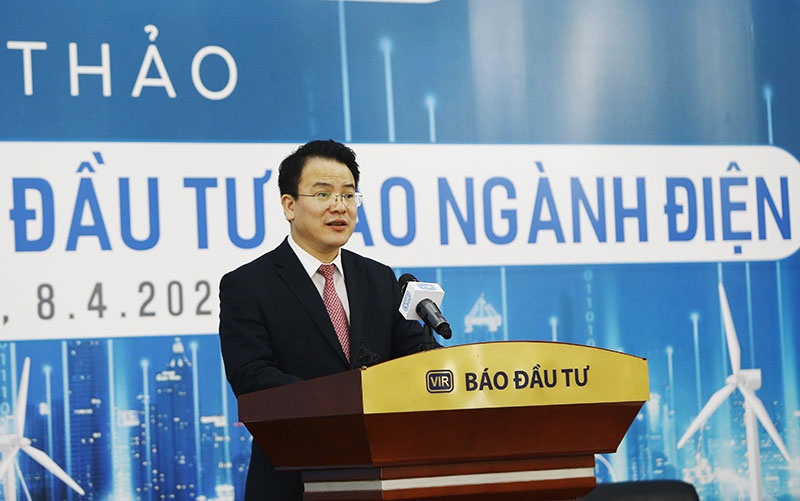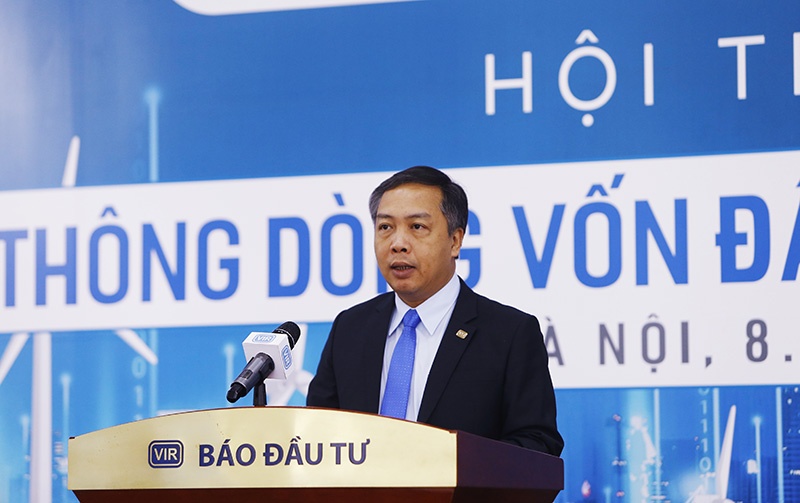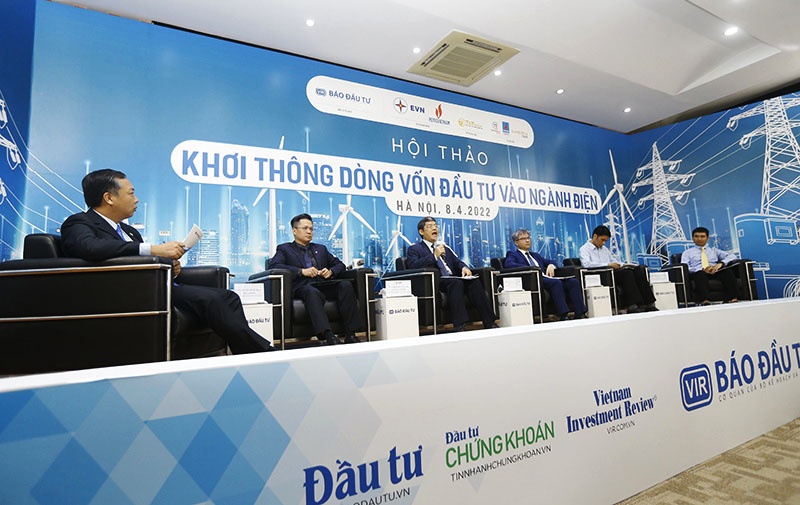VIR's seminar on investments in the power sector
VIR is organising the seminar with the aim of assessing the current state of investment in the power sector, forecasting challenges in the balance of power supply and demand, identifying inadequacies in investment activities, and finding ways for the electricity price mechanism to promote capital flow.
 |
| VIR's seminar on investments in the power industry |
Over the past two years, electricity consumption has plummeted. However, as the economy shows signs of recovery and acceleration, the demand is believed to be back to its pre-pandemic level. As a result, maintaining a stable level of electricity supply at a reasonable cost is becoming a new challenge, especially as a number of large power projects in planning are coming to a halt.
 |
| Deputy Minister of Planning and Investment Tran Quoc Phuong |
 |
| VIR's editor-in-chief Le Trong Minh |
An example would be the Bac Lieu gas power project’s petition to the government aiming to remove barriers in the negotiation process. This is proof that drastic intervention from relevant authorities is in dire need, because such problems may not be applicable to the Bac Lieu project alone.
In terms of renewable energy, as decisions No.13/2020/QD-TTg and No.39/2018/QD-TTg expired last year, there is now no clear new policy for solar power. Similarly, preferential prices for wind power projects ended in November, but so far, no follow-up policies have been announced.
According to the latest statistics from the electricity industry, to ensure GDP growth of 6.5 to 7 per cent as outlined in the last National Party Congress, the electricity demand is forecast to grow at about 9 per cent on-year. However, the growth this year could reach 11.5 per cent, and the years 2023-2025 are expected to average 10.4 per cent per year.
 |
Meanwhile, the outlook for electricity supply is not optimistic, with the annual peak load growth still at about 4,000MW.
The new power sources that are expected to be completed by 2025 are calculated to be lower than the growth in load. This makes it increasingly difficult to ensure electricity supply, and peak-time electricity shortages in Northern Vietnam may happen from May to July. In addition, the support for additional supply from central and southern areas is limited by the capacity of the North-Central 500kV transmission line.
 |
According to Resolution No.55-NQ/TW dated February 11, the total capacity of power sources will reach about 130GW by 2030 and the total electricity output will be about 600 billion kilowatt-hours.
To achieve this goal, the electricity industry needs a huge amount of investment capital. While the endogenous capital flows of the economy can not meet the requirements, the electricity price mechanism needs to be attractive enough to investors.
What the stars mean:
★ Poor ★ ★ Promising ★★★ Good ★★★★ Very good ★★★★★ Exceptional
Related Contents
Latest News
More News
- PM orders investment model for North–South high-speed rail (December 22, 2025 | 17:43)
- First members of Danang International Finance Centre revealed (December 22, 2025 | 17:39)
- Securing capital and efficiency for Vietnam’s 2026-2030 growth ambitions (December 17, 2025 | 10:00)
- Driving double-digit growth through green and circular transformation in Vietnam (December 17, 2025 | 09:00)
- Vietnam bucking trend in the global M&A landscape (December 16, 2025 | 14:20)
- Vietnam’s green transition demands collective financial action (December 15, 2025 | 12:00)
- VIR workshop highlights capital and policy for sustainable development (December 15, 2025 | 11:00)
- National Assembly approves pilot mechanisms to accelerate major projects in Hanoi (December 12, 2025 | 11:29)
- Vietnam eases policy approval requirements, simplifies foreign and outbound investments (December 11, 2025 | 17:53)
- Unpacking new momentum in Vietnam’s M&A market (December 10, 2025 | 09:59)

 Tag:
Tag:





















 Mobile Version
Mobile Version